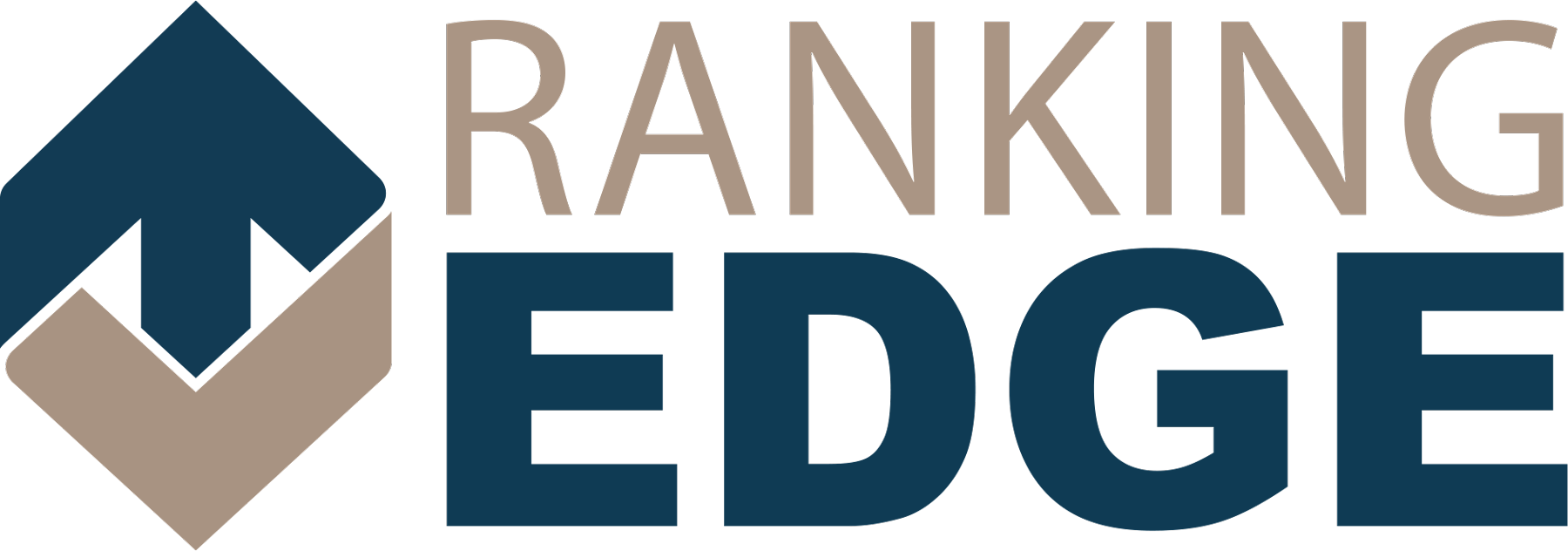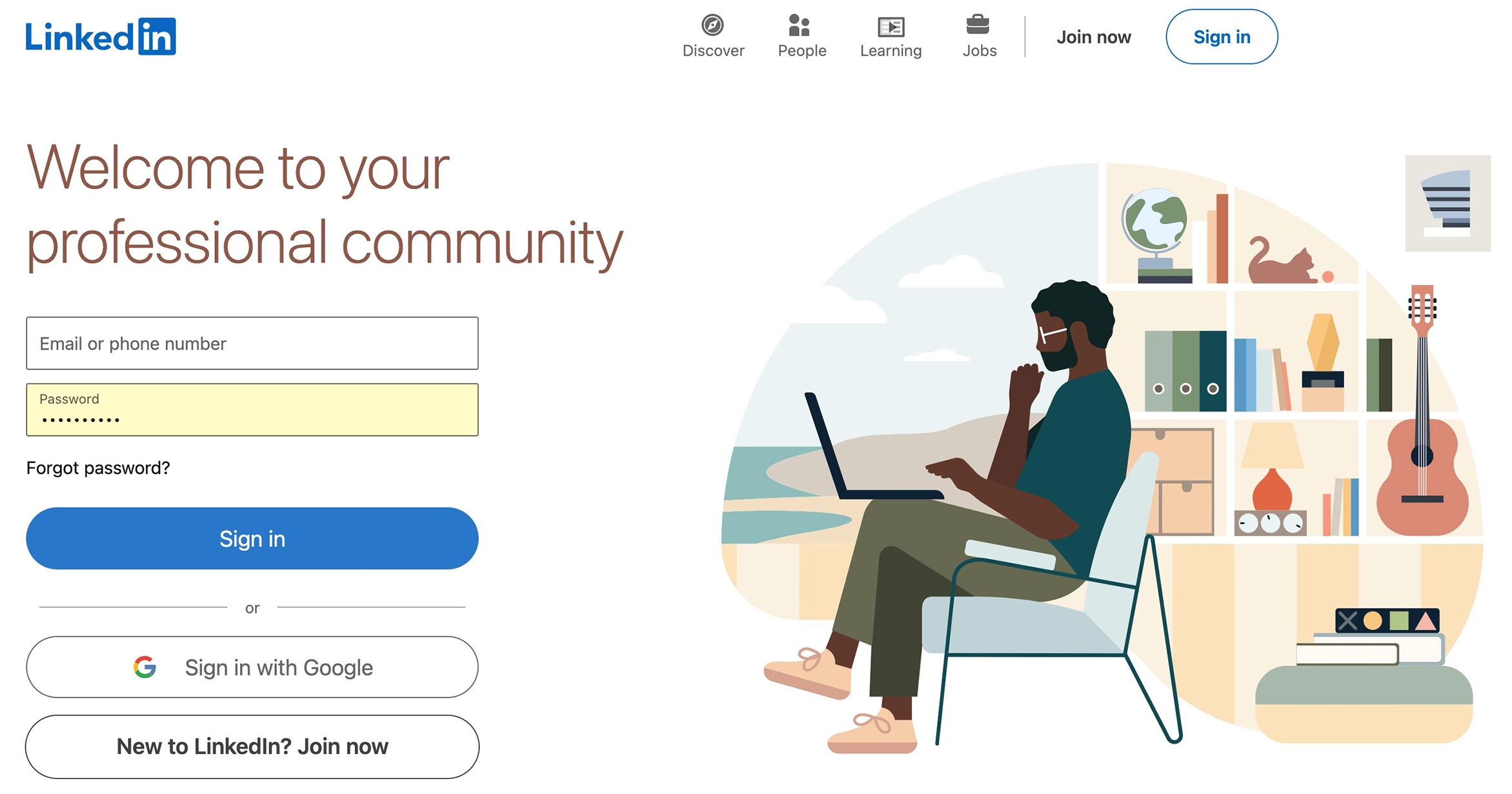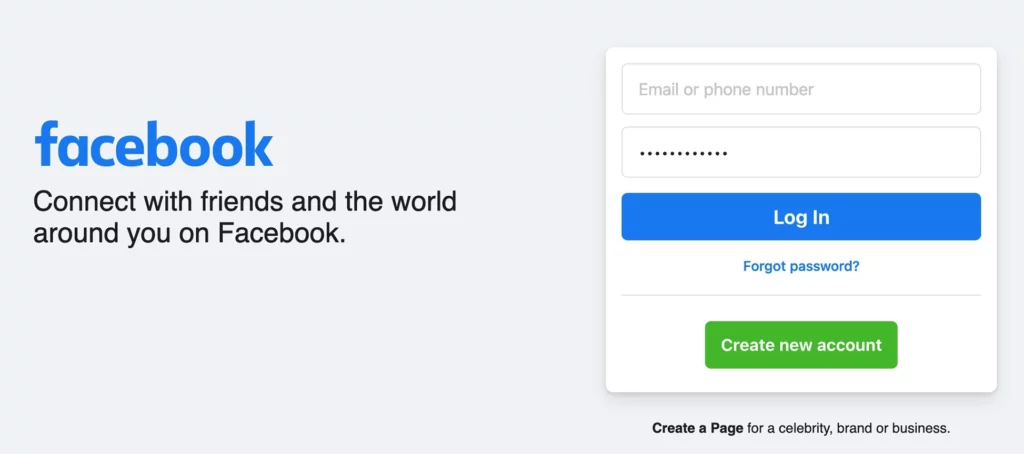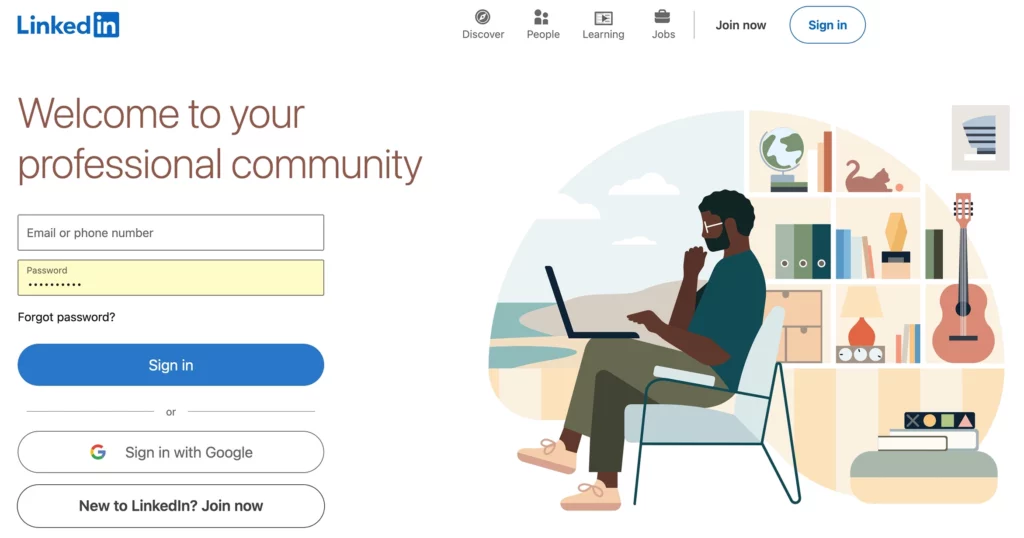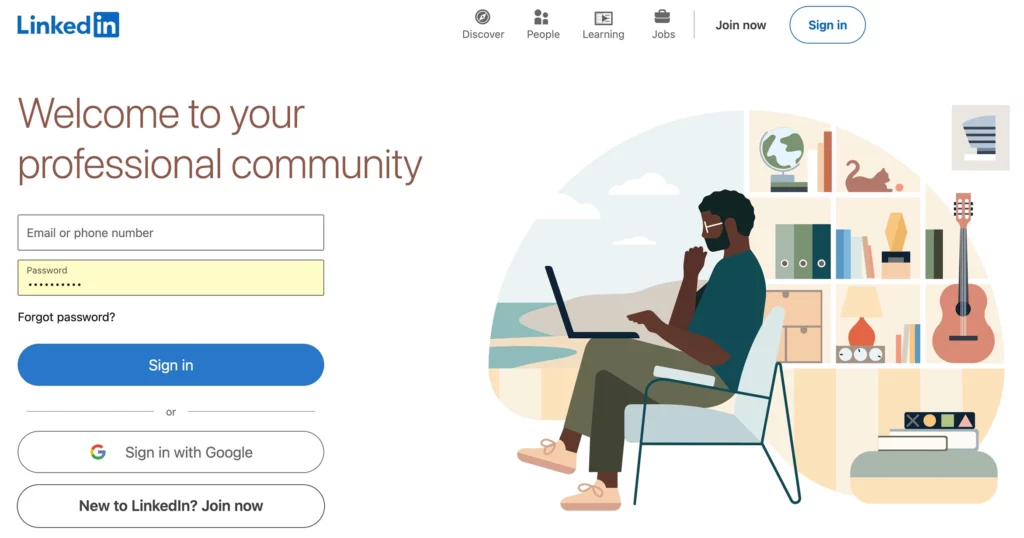Having an active social media presence is key to staying competitive in today’s digital landscape. Whether you’re a small business owner or an individual influencer, making sure you are using all of the social media best practices is essential.
Social media has become an integral part of our daily lives. In this article, we’ll be covering the essential social media best practices for four of the most popular platforms:
Knowing how to effectively use these networks will help you build your online presence and engage with your target audience in meaningful ways.
Social Media Best Practices – Make your Brand Matter
First, decide which platforms are best for your goals. It’s important to be realistic about what platforms can provide the greatest reach and engagement for you and your brand.
Consider things like age range, interests, and type of content when choosing which channels make the most sense for you. Once you have a plan in place, make sure to stick with it and update regularly!
Second, be consistent with branding. Have a consistent voice, tone, and look across all your platforms. This is important for both creating an identity for your brand as well as ensuring the same message is being delivered to the same audience.
Third, be authentic in what you post. Make sure the content you share is something that you truly believe in and would want to see if you were on the receiving end.
With no further ado, here are the 100 social media best practices. We’ve broken it down to 25 each for Facebook, LinkedIn, Instagram, and Twitter.
Facebook Social Media Best Practices – You’ve got the Power!
Social media can be a powerful marketing tool for businesses, but it’s important to understand the basics of best practices when it comes to Facebook. The good news is that in many ways,
Facebook is the most intuitive and user-friendly platform out there. According to the Global Web Index, Facebook is the most popular social media platform!
25 tips on how to maximize your efforts with social media best practices on Facebook:
- Clearly define your goals and objectives for using Facebook.
- Create a content calendar to plan and schedule your posts.
- Use visually appealing and high-quality images in your posts.
- Use hashtags to increase the reach of your posts.
- Engage with your audience by responding to comments and messages.
- Use Facebook Insights to track and analyze the performance of your posts.
- Utilize Facebook Ads to reach a targeted audience.
- Create a mix of content, including text, images, videos, and live videos.
- Keep your brand voice consistent across all of your posts.
- Utilize Facebook features, such as events and groups, to foster community and engagement.
- Share relevant and valuable content from other sources.
- Stay up to date with the latest Facebook algorithms and features.
- Use Facebook Messenger for customer service inquiries.
- Use the “call to action” feature to encourage engagement with your page.
- Use Facebook analytics to understand your audience and tailor your content accordingly.
- Utilize Facebook’s targeting options to reach specific demographics.
- Test different types of content to see what resonates with your audience.
- Use Facebook Live to connect with your audience in real-time.
- Use a consistent tone and language in your posts.
- Use relevant keywords in your posts to improve your search ranking.
- Keep your profile and cover photos up to date and on-brand.
- Use Facebook Stories to share behind-the-scenes content and updates.
- Collaborate with other businesses or influencers to reach a wider audience.
- Use Facebook’s “Save” feature to organize and curate content for later use.
- Regularly review and update your privacy settings to ensure the security of your account.
LinkedIn, the Social Media Game Changer for your Career
When it comes to social media best practices, LinkedIn is a game-changer. It’s not just another platform that you can use to post your latest selfie or share what you’ve been up to lately – it’s an incredibly powerful tool for connecting with other professionals and building relationships.
Key tips for using LinkedIn successfully:
- Use a professional profile photo: A clear, high-quality profile photo can help you stand out on LinkedIn and make a positive first impression.
- Include a compelling headline: Your headline should accurately describe your current position and highlight your key skills and expertise.
- Use a clear, concise summary: Your summary should give a brief overview of your professional background and highlight your key achievements and skills.
- Keep your profile up-to-date: Make sure to regularly update your profile with any new job titles, skills, or accomplishments.
- Connect with others: LinkedIn is a networking platform, so be sure to actively seek out and connect with other professionals in your industry.
- Participate in LinkedIn groups: Join groups related to your industry or interests and participate in discussions to build your professional network and showcase your expertise.
- Share relevant content: Share articles, blog posts, and other content related to your industry to demonstrate your knowledge and keep your network informed.
- Engage with your network: Like, comment, and share content from your connections to stay top-of-mind and build relationships.
- Use keywords in your profile: Including relevant keywords in your profile can help you show up in search results and be found by potential employers or clients.
- Personalize your connection requests: When requesting a connection, take the time to personalize your message and explain how you know each other or why you want to connect.
- Use LinkedIn analytics: LinkedIn provides analytics that can help you understand how your profile is performing and what content is resonating with your audience.
- Include a link to your website: If you have a personal website or blog, be sure to include a link in your LinkedIn profile to drive traffic and showcase your online presence.
- Utilize LinkedIn’s search function: Use LinkedIn’s advanced search function to find potential job opportunities, clients, or partners.
- Participate in LinkedIn events: Join or host virtual events on LinkedIn to connect with others and learn about new topics in your industry.
- Ask for recommendations: Ask your colleagues, clients, or supervisors to write recommendations for you to showcase your skills and accomplishments.
- Use LinkedIn Learning: LinkedIn offers a wide range of online courses and learning resources to help you enhance your skills and knowledge.
- Use LinkedIn’s publishing platform: Share long-form content on LinkedIn’s publishing platform to establish yourself as a thought leader and build your personal brand.
- Use LinkedIn advertising: LinkedIn offers a range of advertising options that can help you reach a targeted audience and promote your business or services.
- Join LinkedIn ProFinder: ProFinder is a service that connects professionals with freelance or consulting opportunities.
- Use LinkedIn Sales Navigator: LinkedIn’s sales tool can help you find and connect with potential clients and partners.
- Use LinkedIn Recruiter: LinkedIn Recruiter is a tool for recruiters to find and connect with potential job candidates.
- Use LinkedIn Talent Solutions: LinkedIn Talent Solutions is a suite of tools and resources for businesses looking to hire and manage employees.
- Utilize LinkedIn Showcase Pages: Showcase Pages are a way to showcase a specific product, service, or brand within your company on LinkedIn.
- Use LinkedIn Live: LinkedIn Live is a platform for hosting live video events, which can be a great way to connect with your audience and showcase your expertise.
- Follow industry leaders and influencers: Follow industry leaders and influencers to stay up-to-date
Instagram – Business or Pleasure Tips for Success
Instagram is one of the most popular social media platforms today, and having success on it can help you reach a wider audience. Whether you’re using Instagram for business or pleasure, there are some tried-and-true best practices to keep in mind.
25 social media best practices for Instagram:
- Use relevant hashtags to increase the visibility of your content
- Engage with your followers by responding to comments and DM’s
- Use high-quality, visually appealing images
- Use Instagram Stories to give your followers a behind-the-scenes look at your business or personal life
- Collaborate with other users or influencers to reach a wider audience
- Share valuable, informative, or entertaining content that aligns with your brand’s message
- Use Instagram’s business tools, such as the ability to link to your website or add contact information to your profile
- Utilize Instagram’s features, such as the ability to add polls, quizzes, or music to your Stories
- Post consistently, but not too frequently, to keep your followers engaged
- Use Instagram’s analytics tools to track the success of your content and identify areas for improvement
- Use Instagram’s “Explore” feature to discover and engage with users and content in your industry
- Use Instagram’s “Shop” feature to showcase and sell your products directly on the platform
- Use Instagram’s “IGTV” feature to post longer-form video content
- Use Instagram’s “Reels” feature to create and share short, creative video content
- Use Instagram’s “Live” feature to connect with your followers in real-time
- Use Instagram’s “Highlights” feature to showcase your best content and keep it visible on your profile
- Utilize Instagram’s “Swipe Up” feature to link to external content or websites
- Use Instagram’s “Save” feature to save posts that you can refer back to later
- Use Instagram’s “Close Friends” feature to share content with a select group of followers
- Use Instagram’s “Restrict” feature to protect your account from negative or inappropriate comments or interactions
- Use Instagram’s “Mute” feature to temporarily hide content from specific accounts without unfollowing them
- Use Instagram’s “Turn Off Commenting” feature to temporarily disable comments on specific posts
- Use Instagram’s “Turn Off Story Tagging” feature to prevent other users from tagging you in their Stories
- Use Instagram’s “Turn Off Story Replies” feature to prevent users from being able to reply to your Stories
- Use Instagram’s “Turn Off Story Sharing” feature to prevent other users from being able to share your Stories.
Twitter Social Media Best Practices – Maximize your Reach
If you’re looking to maximize your business’ reach and impact on social media, Twitter is a great place to start. With the right content strategy, you’ll be able to reach a new audience and establish your business as an authority in your field.
Why is your page on Twitter important? Your Twitter page is often the first thing potential customers see when they search for your business or brand.
Essential tips and best practices for using Twitter:
- Use a clear and recognizable profile picture.
- Complete your profile bio and include relevant information about your business or personal brand.
- Tweet regularly, but avoid over-tweeting or spamming your followers.
- Use hashtags to make your tweets more discoverable and to join relevant conversations.
- Engage with your followers and other users by responding to comments and retweeting or liking their content.
- Share valuable, informative, or entertaining content that is relevant to your audience.
- Use Twitter lists to organize and prioritize the accounts you follow.
- Use Twitter analytics to track the performance of your tweets and identify what works best for your audience.
- Use Twitter’s advanced search features to find and engage with potential customers or industry influencers.
- Use Twitter’s advertising tools to reach a targeted audience and drive traffic to your website.
- Keep up with the latest Twitter trends and changes to the platform.
- Use Twitter to build relationships with other businesses and influencers in your industry.
- Use Twitter to drive traffic to your blog or website by including links in your tweets.
- Use Twitter to learn from your followers and other industry experts.
- Use Twitter to share behind-the-scenes glimpses of your business or personal brand.
- Use Twitter to offer customer support and handle any customer complaints.
- Use Twitter to share promotions and special offers with your followers.
- Use Twitter to stay up-to-date on industry news and events.
- Use Twitter to showcase your company’s culture and values.
- Use Twitter to network and connect with potential business partners or collaborators.
- Use Twitter to share your company’s charitable efforts and social responsibility initiatives.
- Use Twitter to showcase customer testimonials and success stories.
- Use Twitter to share user-generated content and encourage your followers to share their own experiences with your brand.
- Use Twitter to share company updates, such as new products or services.
- Use Twitter to run contests or giveaways to engage your followers and attract new ones.
In conclusion, it is important to remember that social media platforms are an effective way to reach potential customers and promote your business. Use these social media best practices for Facebook, Instagram, LinkedIn and Twitter to maximize your online presence and reap the rewards of increased brand awareness and customer engagement.
Don’t be afraid to experiment with different approaches as you go along. With a bit of trial and error, you should find what works best for your particular situation.
Have any extra tips? Add them in the comment section below!
